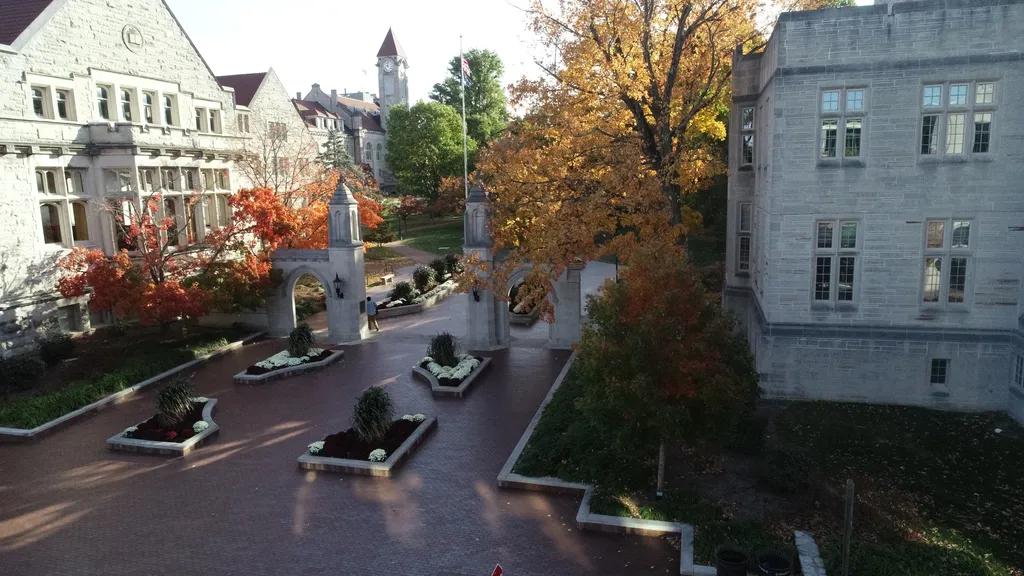Brick walls are a common feature in homes and buildings, prized for their durability and classic aesthetic. Yet, despite their strength, settlement cracks can occasionally appear, causing concern for property owners. In this article, we will delve into the causes of settlement cracks in brick walls, how to identify them, and steps that can be taken to address and prevent them. Understanding these issues is crucial for maintaining the structural integrity and appearance of your brick walls.
Table of Contents
- Common Causes of Settlement Cracks in Brick Walls
- Effects of Settlement Cracks on Structural Integrity
- How to Identify and Monitor Settlement Cracks
- Effective Repair and Prevention Techniques for Settlement Cracks in Brick Walls
- Q&A
- Wrapping Up

Common Causes of Settlement Cracks in Brick Walls
Settlement cracks in brick walls can be a common issue for many property owners. These cracks can be unsightly and may also indicate potential structural problems. It is important to understand the various causes of settlement cracks in brick walls in order to address them effectively and prevent further damage.
Some include:
- Foundation Issues: Uneven settling of the foundation can put pressure on the brick walls, leading to cracks.
- Moisture: Excessive moisture in the soil around the foundation can cause it to shift, resulting in cracks in the brick walls.
- Poor Construction: Inadequate reinforcement or poor quality materials used during construction can also contribute to settlement cracks.

Effects of Settlement Cracks on Structural Integrity
Settlement cracks in brick walls can have a significant impact on the structural integrity of a building. These cracks are typically caused by the natural settling of a building over time, which can be influenced by various factors such as soil conditions, foundation issues, and construction methods. It is important to understand the in order to address them effectively and prevent further damage.
Some potential include:
- Compromised stability of the building
- Water infiltration leading to moisture damage
- Decreased insulation efficiency
- Aesthetic concerns affecting property value
| Effect | Consequence |
|---|---|
| Compromised stability | Increased risk of collapse |
| Water infiltration | Damage to interior finishes |
How to Identify and Monitor Settlement Cracks
Settlement cracks in brick walls are a common issue that can occur due to various factors such as soil movement, inadequate foundation support, or poor construction practices. It is important to be able to identify these cracks early on to prevent further damage to the structure. One way to distinguish settlement cracks from other types of cracks is by their pattern and location. Settlement cracks typically appear as vertical cracks running along the mortar joints, rather than diagonally or horizontally.
Once settlement cracks are identified, it is crucial to monitor them closely to track any changes in size or shape over time. One effective way to monitor settlement cracks is to measure them using a crack monitoring gauge. By regularly measuring the width and length of the cracks, you can determine if the crack is still actively widening or if it has stabilized. Monitoring settlement cracks can help you decide on the appropriate course of action to address the issue and prevent further damage to the brick wall.

Effective Repair and Prevention Techniques for Settlement Cracks in Brick Walls
Settlement cracks in brick walls can be a common issue that homeowners face, but understanding the root causes and implementing effective repair and prevention techniques can help maintain the structural integrity of your property. One of the main reasons for settlement cracks in brick walls is improper foundation preparation, which can result in the shifting and settling of the structure over time.
When dealing with settlement cracks in brick walls, it is essential to address the underlying cause to prevent further damage. Some effective repair techniques include tuckpointing to fill in the cracks with fresh mortar, repointing to repair deteriorated mortar joints, and replacing damaged bricks as needed. To prevent future settlement cracks, proper drainage systems should be installed to redirect water away from the foundation, and regular inspections should be conducted to catch any issues early on.
Q&A
Q: What causes settlement cracks in brick walls?
A: Settlement cracks in brick walls typically occur when the foundation of a building settles unevenly, causing stress on the bricks above.
Q: How can settlement cracks be identified?
A: Settlement cracks in brick walls are often characterized by vertical or diagonal cracks that may taper as they extend upwards. These cracks may also appear near windows or doors.
Q: What are the potential risks associated with settlement cracks in brick walls?
A: Settlement cracks in brick walls can lead to structural integrity issues, water infiltration, and potentially even collapse if left untreated.
Q: How can settlement cracks in brick walls be repaired?
A: Repairing settlement cracks in brick walls often involves stabilizing the foundation of the building to prevent further settlement, then patching and repointing the cracks in the bricks.
Q: How can homeowners prevent settlement cracks in brick walls?
A: To prevent settlement cracks in brick walls, homeowners should ensure proper drainage around the foundation, monitor for signs of settling, and address any issues promptly with professional help.
Wrapping Up
In conclusion, understanding settlement cracks in brick walls is essential for homeowners to properly address and prevent structural damage to their property. By recognizing the different types of cracks and their causes, individuals can take proactive measures to mitigate potential issues and ensure the long-term stability of their walls. Regular inspections and timely repairs are crucial in maintaining the integrity of brick structures. By staying informed and addressing settlement cracks promptly, homeowners can protect their investment and maintain the safety and value of their homes.


